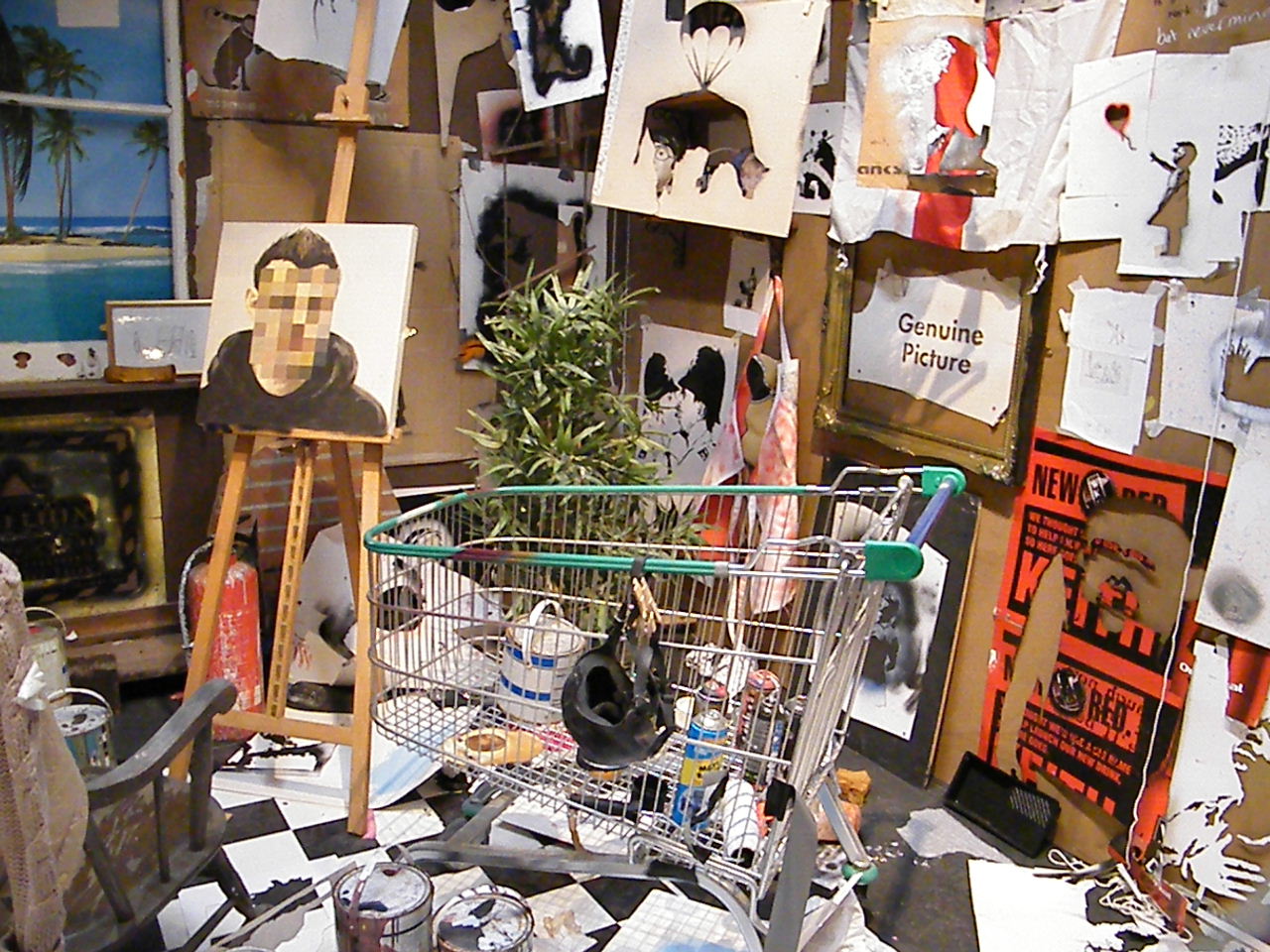It has been proved that surrounding ourselves with pieces of work that inspire us as individuals does in fact stimulate our minds to create our own work based on these ideas. Observing and evaluating other artist's technique and work is important as an individual. It could be said that we almost grab this inspiration from other's work and run away with it, to create our own individual and unique perspective on things.

As previously mentioned, 'collecting' is a great way to find inspiration. We as artist people find ourselves surrounding our workspaces, bedrooms, bathrooms, with all sorts of pieces of work. Doing so gives us that push and drive that is ultimately needed to become successful. Collect everything that could become useful; a piece of work may not seem apparent to us at the time but it can be inspiring in different projects in the future. Without other peoples work as inspiration, we cannot develop our own.
For my first project in Visual Communication I have to contribute to making a magazine about Birmingham. As a starting point for this, and because I wasn't to aware of Birmingham's surroundings, I simply went around Birmingham taking images of objects and people that inspired me and gave me ideas for a magazine subject.
To the left are some of the images I took. These images are very factual and 'tourist' looking, and gave me the inspiration for many ideas. One main idea was to do a factual magazine of Birmingham but with a twist to it, and this has now become our magazine project. I took many images when starting my project and each image gave me inspiration and motivation for several different ideas. This proves that when you need inspiration because it is not so apparent you have to get out there and find it yourselves.

















